Praying Hands
The image of “Praying Hands” has become an iconic symbol in both art and spirituality, representing a moment of introspection, reverence, and outreach toward the divine. Often depicted with two hands clasped together in prayer, this universal symbol transcends cultural boundaries and religious affiliations, embodying the human desire to connect with something greater than oneself. The origin of this imagery is rich and varied, tracing back to early Christian art, where gestures of prayer were often illustrated to signify devotion and supplication.
The significance of praying hands encompasses various aspects of spirituality and faith. In many religious contexts, the posture of hands joined in prayer expresses humility, surrender, and the yearning for divine guidance. Clasping the hands together often symbolizes unity and focus; it encourages individuals to set aside worldly distractions in pursuit of a deeper spiritual connection. This act can serve as a powerful form of meditation, as the physical gesture helps to center one’s thoughts and align oneself with prayer.
The most notable representation of praying hands comes from the 16th-century drawing by the German artist Albrecht Dürer, known as “Study of a Man’s Hands.” This image, which showcases finely detailed and lifelike hands clasped in prayer, has captivated audiences for centuries. Dürer’s artwork is remarkable not only for its craftsmanship but also for the emotions it evokes. The integrity and sincerity captured in the hands resonate with viewers, inviting them to contemplate their own spiritual journey and relationship with faith.
Beyond its artistic significance, the image of praying hands finds profound relevance in daily life. Many individuals incorporate this gesture into their own prayer practices, using it as a focal point to cultivate mindfulness during meditation or religious ceremonies. The simple act of joining hands can create a sense of peace and tranquility, offering a momentary escape from the chaos of everyday life. In communal settings, such as church services or prayer groups, the collective gesture of clasped hands fosters unity among participants, reinforcing the shared pursuit of spirituality.
Praying hands also convey personal stories of devotion and grace. For many, the gesture embodies moments of crisis, hope, and gratitude. People often find themselves turning to prayer during life’s challenges—whether facing illness, loss, or uncertainty. In these moments, clasping the hands serves as a tangible reminder of the strength found in seeking support from a higher power. Similarly, moments of thanksgiving and joy are often expressed through this gesture, allowing individuals to celebrate life’s blessings while remaining rooted in humility.
Moreover, the image of praying hands has found its presence in literature and popular culture. It often symbolizes inner conflict, the search for meaning, or the quest for redemption. Writers, poets, and filmmakers have drawn upon this imagery to illustrate the struggles and triumphs of the human experience, forging connections between their characters and audiences through shared moments of prayer and reflection. The universality of the gesture resonates deeply, making it accessible to people from all walks of life.
The significance of praying hands extends to various religious traditions, each interpreting the gesture through a unique lens. In Christianity, hands in prayer are often viewed as a physical manifestation of faith, demonstrating a believer’s willingness to receive guidance from God. In Buddhism, the gesture can be seen as a form of meditation and mindfulness, exemplified by the practice of Anjali Mudra, where palms are pressed together to signify respect and devotion.
Furthermore, praying hands are commonly incorporated into various forms of spiritual art and design, including jewelry, tattoos, and home decor. These representations serve as personal talismans for individuals seeking daily inspiration. For some, wearing a piece of jewelry featuring praying hands acts as a constant reminder of their commitment to faith and the need for spiritual reflection in their lives. Tattoos of praying hands often symbolize a turning point or moment of transformation where prayer led to significant change.
In contemporary discussions of mental health and wellness, the act of prayer—enhanced by clasped hands—has been recognized for its potential therapeutic benefits. Many find solace in the ritualistic nature of prayer, allowing it to serve as a moment of respite from anxiety or distress. Studies have shown that engaging in prayer and spiritual practices can contribute to improved mental well-being, promoting feelings of hope and resilience.
In summary, the image of praying hands stands as a powerful emblem of faith, connection, and introspection. Serving as a reminder of the human desire to seek divine guidance and support, this gesture has been engrained in art, culture, and personal devotion. Whether portrayed in masterpieces or implemented in everyday spiritual practices, clasped hands symbolize moments of humility, gratitude, and the profound quest for understanding. As individuals navigate the complexities of life, the timeless image of praying hands continues to inspire and uplift, encouraging a return to the heart of what it means to be human: the search for connection with the divine and each other.
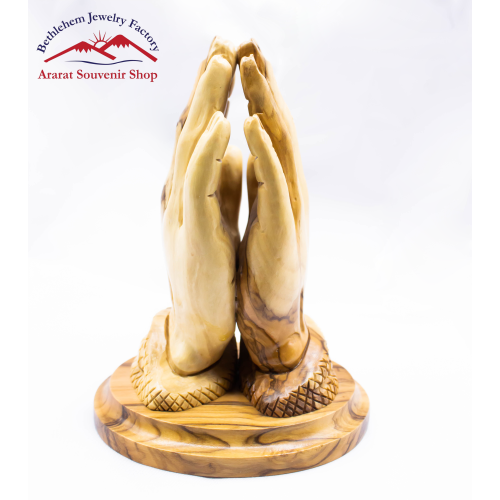

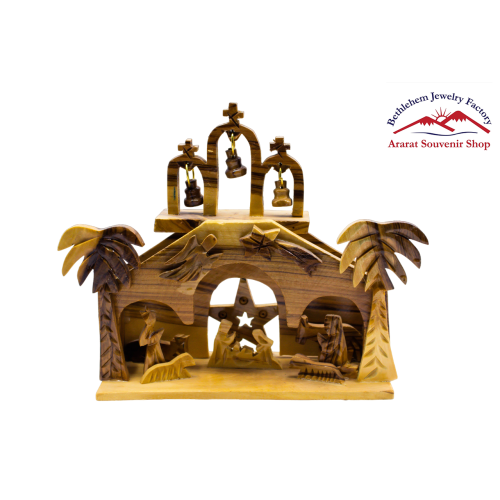
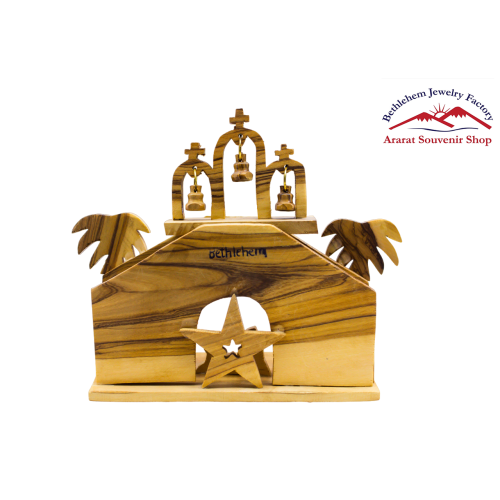

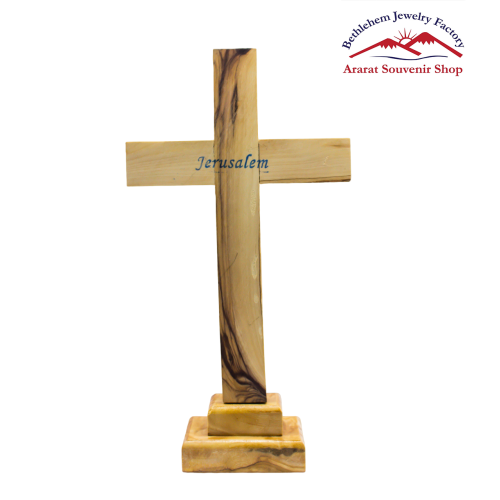
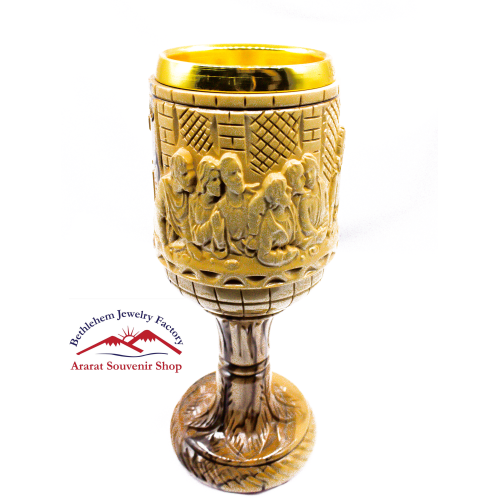
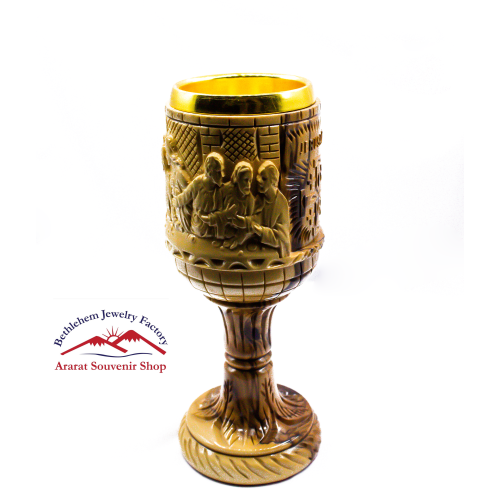
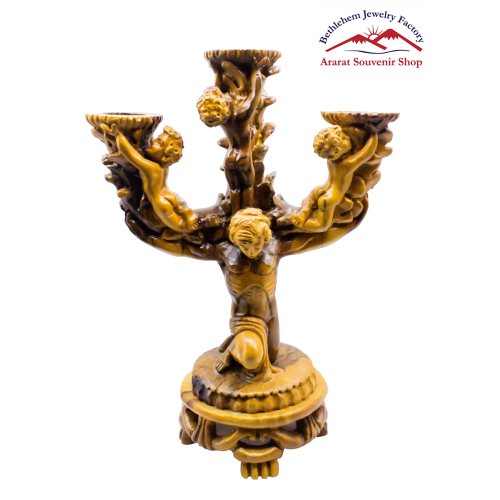
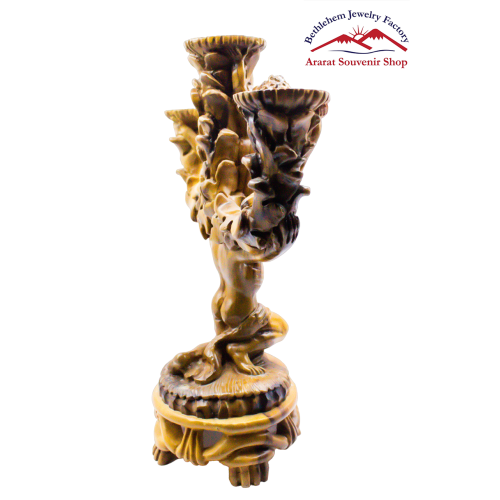
Reviews
There are no reviews yet.